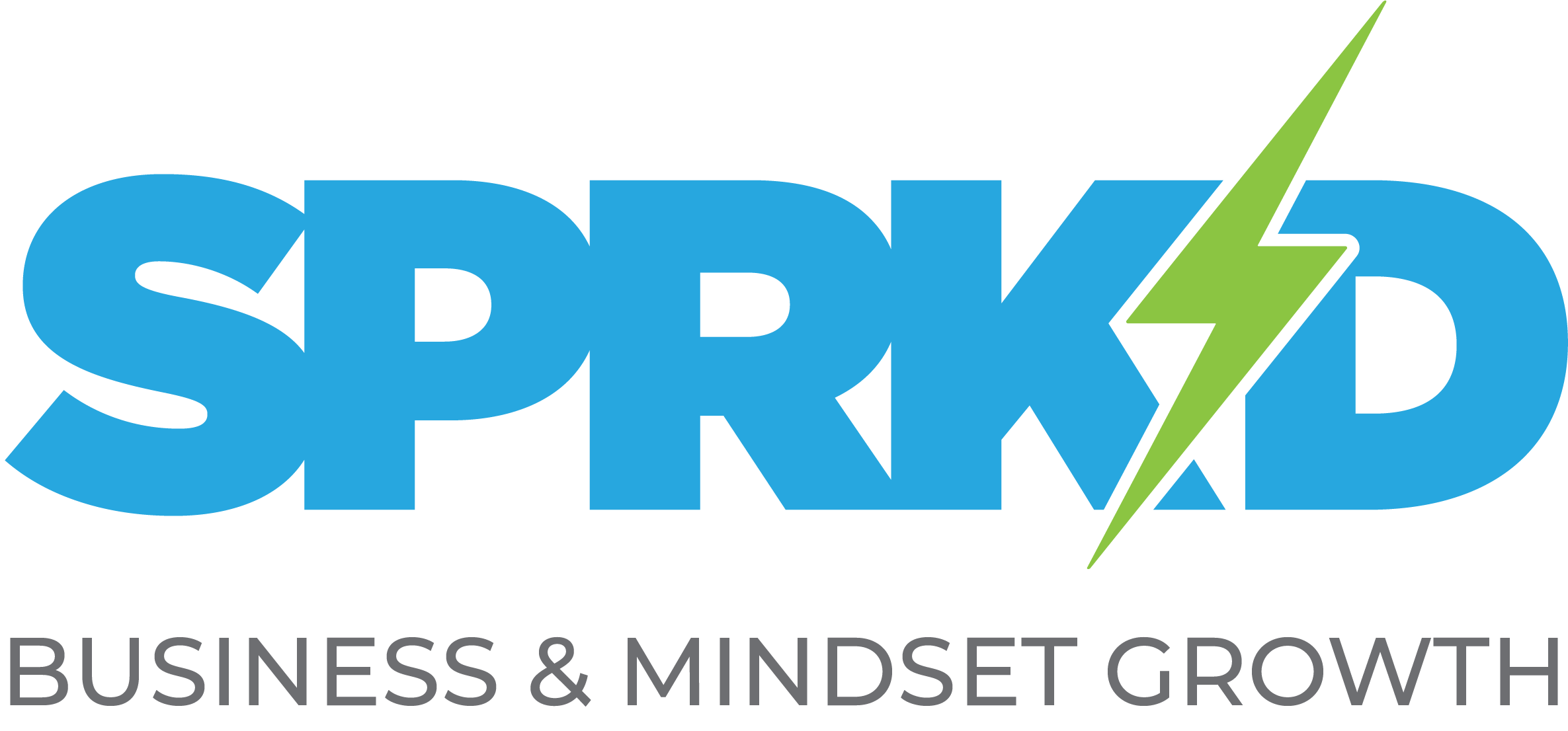Build a business you love to lead. Create the life you want.
Find Your Relevant Business Hashtags

Finding and creating the most appropriate hashtags is an essential part of social media monitoring and engagement. Hashtags allow you to find the conversations your target audience is already having, thereby allowing you to add value to those conversations. These interactions build relationships and increase awareness of your brand.
Where to Start Your Hashtag Research
Step #1 What Are Your Industry Tags?
Whether you are new to social media or just not sure what hashtags are being used in your industry, a good starting point is the tool Twitonomy.com. Once you log in with your Twitter credentials, you can analyze your own account to see which tags you’ve used the most. This can give you the basis for your hashtag list. Now you can use Twitonomy to analyze the tweets of others in your industry.
Let’s look at an example; our tweet analysis (@GetSprk’d) and the analysis of @contently.


So based on just these two, there’s a good bit of information to start a list of industry-relevant hashtags. You can repeat the process with as many industry leaders as you think are useful.
Step #2 Find Related Hashtags
Now that you have your starter list of hashtags, head over to Hashtagify.me to find hahtags that are related. The graph that comes up gives you the 10 most relevant hashtags, with the size of the circles indicating how popular the hashtags are, while the distance to related hashtags shows the amount of correlation.

At this point in the process, don’t be too picky—include all relevant hashtags as long as the hashtag seems logically related to your niche. For our example of #contentmarketing, anything related to marketing, design or digital business will obviously be related, but if you came across something odd like #bananas you should probably skip it.
Step #3 Prioritize The Most Relevant Tags
With the list you have compiled, go to RiteTag.com and, under the “Research” tab, enter your hashtags. You will get a list of related hashtags that are color-coded according to tweet density. Green indicates ‘great’, blue indicates ‘good’, red indicates ‘overused’, and white is ‘unused’.

You can also drill deeper into each of the ten related hashtags to find tangent hashtags.

Step #4 Monitor The Conversations
Finally we come to the real purpose of all this research: social media monitoring. This is where the “fun” starts. You’ll need a social monitoring tool like Hootsuite. Start by creating some streams in Hootsuite for the hashtags you want to follow. In Hootsuite, each stream can include a max of three keywords. By monitoring each stream, you can find the frequent users of each hashtag and begin building a relationship. You can do this by favoriting their tweets, retweeting their tweets, or starting a conversation around your topic.

The Do’s and Don’ts of Hashtags
Once you have your hashtags and have started monitoring social conversations, make sure you are following the best practices and etiquette of using hashtags.
#1 Be Specific
Try to find a passionate community related to your industry that shares a specific interest. The more specific your hashtag is, the better targeted your audience will be, which will generally result in better engagement.
#2 Use Unique, Relevant Tags
Brand hashtags shouldn’t necessarily include your brand name, but should be representative of what your brand stands for. Have fun conjuring up the perfect, unique hashtag and make sure to be as original and creative as possible. Make sure not to be the one that “borrows” a specific trending hashtag. It’s bad form and the consequences of stealing someone else’s hashtag could be more detrimental than you imagine.
#3 Follow Hashtag Etiquette
The use of hashtags on Instagram is very different than it is on Facebook and Twitter. Understanding the hashtag’s unique uses across various networks will allow you to be more effective in your hashtagging efforts. Make sure to research each network before you start, in order to see what behavior is expected. Just like in real life, there’s nothing worse than jumping into a conversation only to find out later that you had food on your face the whole time.
#4 Keep It Clear
Don’t try to be too clever or unorthodox, since you want people to organically search for your hashtag. Hashtags are intended to make finding and sharing content easier, but long or complex hashtags can make using them too laborious. Using capitalization for different words in a hashtag helps make them clear to read and can help you avoid misinterpretations. For example: #Manslaughter vs #MansLaughter
#5 Keep it Simple
As a general rule, when creating a brand hashtag, you should always keep it short and simple. While a longer hashtag may be able to target a very specific audience, it is less likely to be used since most people just will not want type in that many characters.
#6 To Tag or Not to Tag?
The purpose of hashtags is to make your content more visible to a wide audience. But not everything you post is going to fit neatly into that category. If your post or comment does not add substance to the larger conversation, it may be best to leave the hashtag off.
Using these Twitter tools will allow you to identify relevant leads and build engaging relationships with your online community. Researching the appropriate keywords is vital to your business, since some hashtags are routinely spammed with irrelevant content.
Remember your hashtag etiquette and have fun!
Recent Posts
UNLOCK YOUR POTENTIAL IN 30 MINUTES
👀 Seeking efficient solutions to the business, marketing, or mindset challenges you face?
🚀 Ready to take your business to the next level?
⏰ Short on time?
QuickWin Coaching is designed with you in mind. Why waste hours in lengthy coaching sessions when you can achieve remarkable results in a mere 30 minutes?




